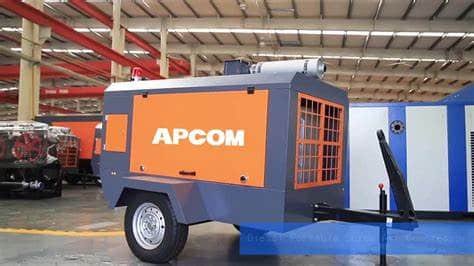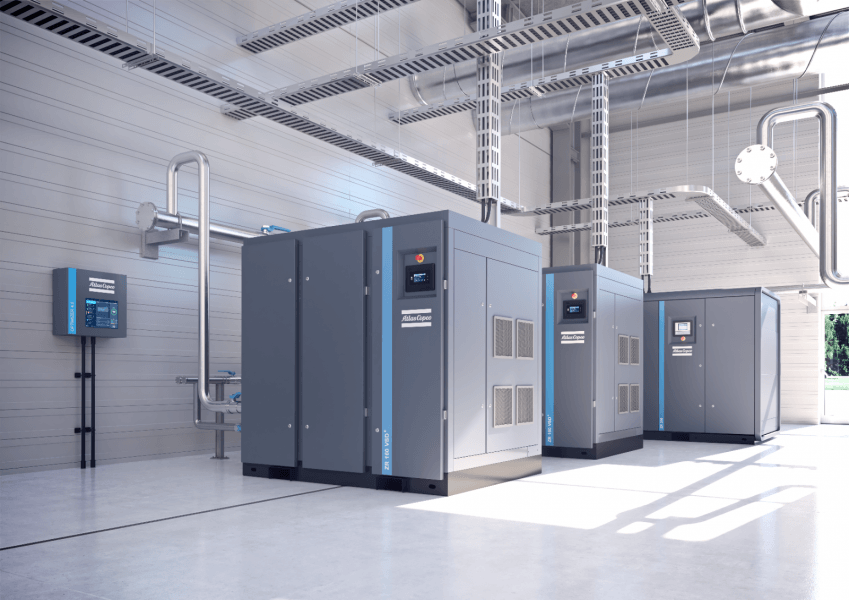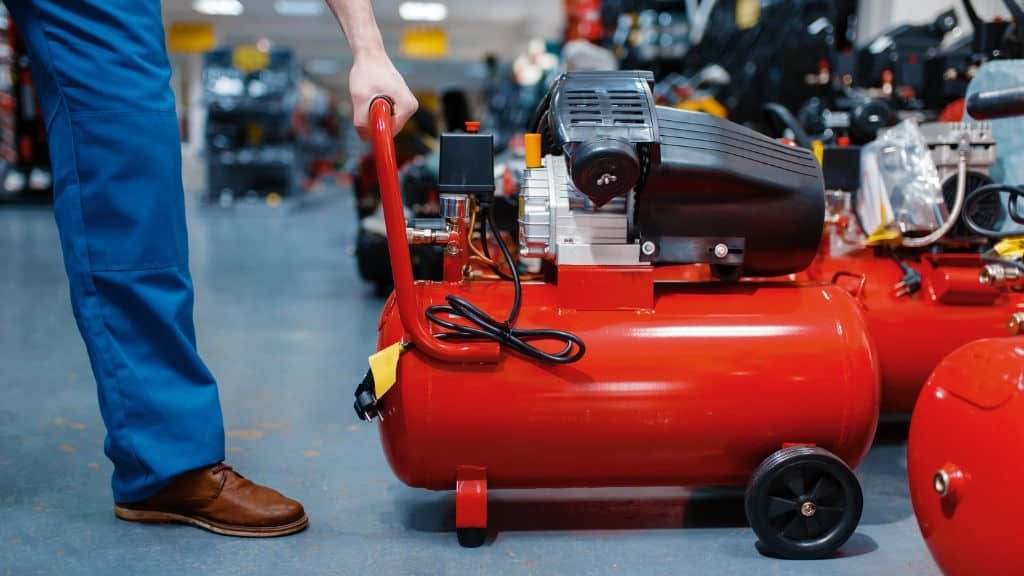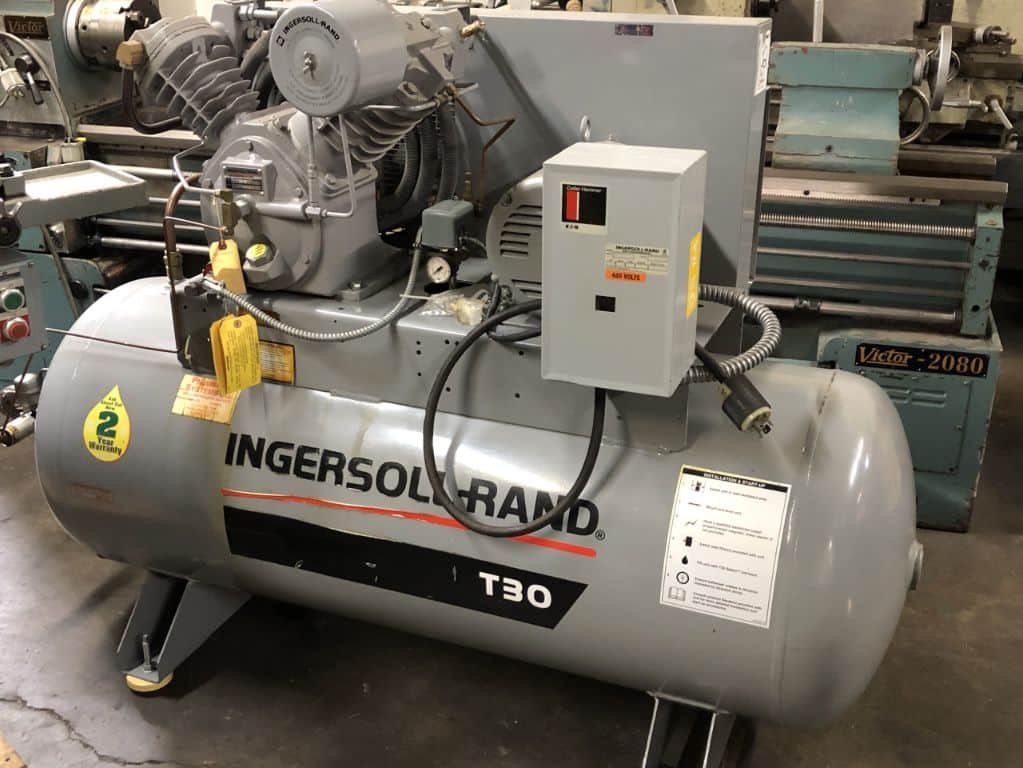Air compressors have become an integral part of various workshop systems, replacing the traditional heavy-duty belts and shafts used to power different machinery. The fundamental physics behind their operation remains the same – an increase in gas volume within an enclosure leads to an increase in pressure, producing power. This article will delve into the workings of modern, compact, and efficient air compressors.
The Basics of Air Compressors
Understanding how air compressors work can be a bit challenging for beginners. The key to grasping their operation lies in Boyle’s Law, which states that when the temperature of gas is constant, its volume and pressure are inversely proportional. Therefore, as the volume decreases, the pressure increases and vice versa.
Components of an Air Compressor
An air compressor typically consists of four main components:
- Electric motor: Powers the compressor pump by driving a pulley and two belts through a crankshaft and flywheel.
- Compressor pump: Compresses incoming air and then discharges it into a receiver.
- Receiver tank: Stores compressed air.
- Pressure switch: Shuts down the motor when compressed air reaches the receiver tank’s factory-set limit.
Additional components for effective and efficient operation include air dryers, after-coolers, air filtration, moisture removal pipelines, air lubricator, pressure gauge, and shut-off valves.
The Inner Workings of an Air Compressor
The operation of an air compressor is relatively straightforward once you understand its main components. As more air is drawn into the compressor, the pressure increases due to a higher volume being forced into a limited space. When the tank reaches its designated pressure, the compressor shuts off and stores the compressed air until it’s released for various applications.
Conclusion
Air compressors, based on a simple mechanism, offer immense power. Understanding their components and operation can help you leverage their benefits effectively. Whether you’re using them for domestic or industrial tools or machines, air compressors are a compact power solution.
FAQs
- What is the basic principle behind the operation of an air compressor? The operation of an air compressor is based on Boyle’s Law, which states that when the temperature of gas is constant, its volume and pressure are inversely proportional.
- What are the main components of an air compressor? The main components of an air compressor include an electric motor, compressor pump, receiver tank, and pressure switch. Additional components for effective operation include air dryers, after-coolers, air filtration, moisture removal pipelines, air lubricator, pressure gauge, and shut-off valves.
- How does an air compressor work? An air compressor draws in more and more air, causing its pressure to increase as a higher volume is forced into a limited space. When the tank reaches its designated pressure, the compressor shuts off and stores the compressed air until it’s released for various applications.
- What is the role of the receiver tank in an air compressor? The receiver tank in an air compressor stores the compressed air until it’s released for various applications.
- What additional components are required for the efficient operation of an air compressor? Additional components for the efficient operation of an air compressor include air dryers, after-coolers, air filtration, moisture removal pipelines, air lubricator, pressure gauge, and shut-off valves.




